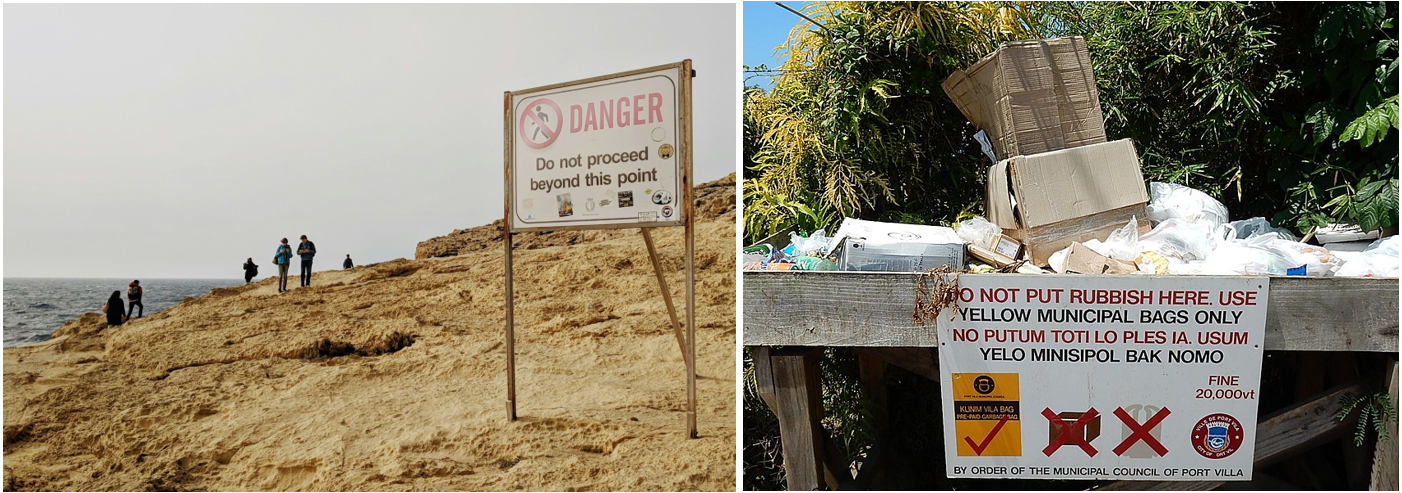7.1 Chapter Introduction

So far in this book, we have explored many sociological theories of crime, including social structural and strain theories, learning and interactionist theories, and subcultural theories. This chapter will introduce you to some more key categories of criminological theories that are grounded in sociology. Control theories and life course theories ask some different questions and take different approaches than those we have discussed so far (figure 7.1).
Additionally, we will address theory integration in this chapter. You may have noticed throughout these chapters that many theories seem to share similar concepts, borrow ideas from other fields of study, and feel like mash-ups of each other. There is more than one way to think about integrated theories, but we will cover some of the major attempts at integrating theoretical assumptions and the discussion that they have sparked in the criminological field.
Learning Objectives
After reading this chapter, students will be able to do the following:
- Explain how social control theories and the developmental life-course perspective differ conceptually from traditional theories in criminology.
- Analyze the significance of conventional societal institutions in the explanation of crime according to control theories.
- Evaluate factors that contribute to the onset and desistance of criminal behavior over one’s life.
- Assess the advantages and disadvantages of theoretical integration.
- Describe the type of crime prevention policies that can be supported by social control and developmental life course theories.
Key Terms
- Age-crime curve: the consistently found relationship between age and crime in which crime peaks between adolescence and the early 20s, then drops off
- Age-graded theory: Sampson and Laub’s theory that looks at age and delinquent or criminal behavior, in addition to what was going on in the individual’s life at the time of that behavior, emphasizing transitions or turning points
- Containment theory: Reckless’s theory that crime results from a failure of inner and outer control mechanisms and the inability to resist pushes and pulls into crime
- Developmental life course perspective: a collection of theories that look at criminal behavior over the course of someone’s lifetime and pay special attention to the onset, persistence, and desistance of criminal behavior
- Drift theory: Sykes and Matza’s theory that juveniles drift in and out of delinquency, especially when social controls like parental supervision are weak, and learn to justify their behavior in one of five ways (see techniques of neutralization)
- Dual taxonomy of antisocial behavior: Moffit’s life course theory of in which she described adolescence-limited and life-course-persistent offenders
- General theory of crime: Gottfredson and Hirschi’s theory that lack of self-control is the primary cause of criminal behavior
- Restorative justice: a perspective or theory of justice with the goal of repairing harm caused by crime and restoring the well-being of both perpetrators and victims rather than just punishing those who have committed crimes
- Social control theory: Hirschi’s theory that, through successful socialization, a bond forms between individuals and the conventional society that limits criminal behavior; crime occurs when the bonds are weakened or broken and a person is free to engage in deviant/criminal behavior; also called social bond theory
- Techniques of neutralization: one of five techniques used by adolescents to justify their criminal behavior according to Sykes and Matza’s drift theory
- Theory of reintegrative shaming: Braithwaite’s theory that effective shaming within a society that disapproves of a behavior but respects the person who engages in that behavior will reduce crime
Licenses and Attributions for Chapter Introduction
Open Content, Original
“Chapter Introduction” by Jessica René Peterson is licensed under CC BY 4.0.
Open Content, Shared Previously
Figure 7.1 A. “people on shore” by Micaela Parente is licensed under the Unsplash License.
Figure 7.1 B. “Ignored Sign” by Michael Coghland is licensed under CC BY-SA 2.0.

